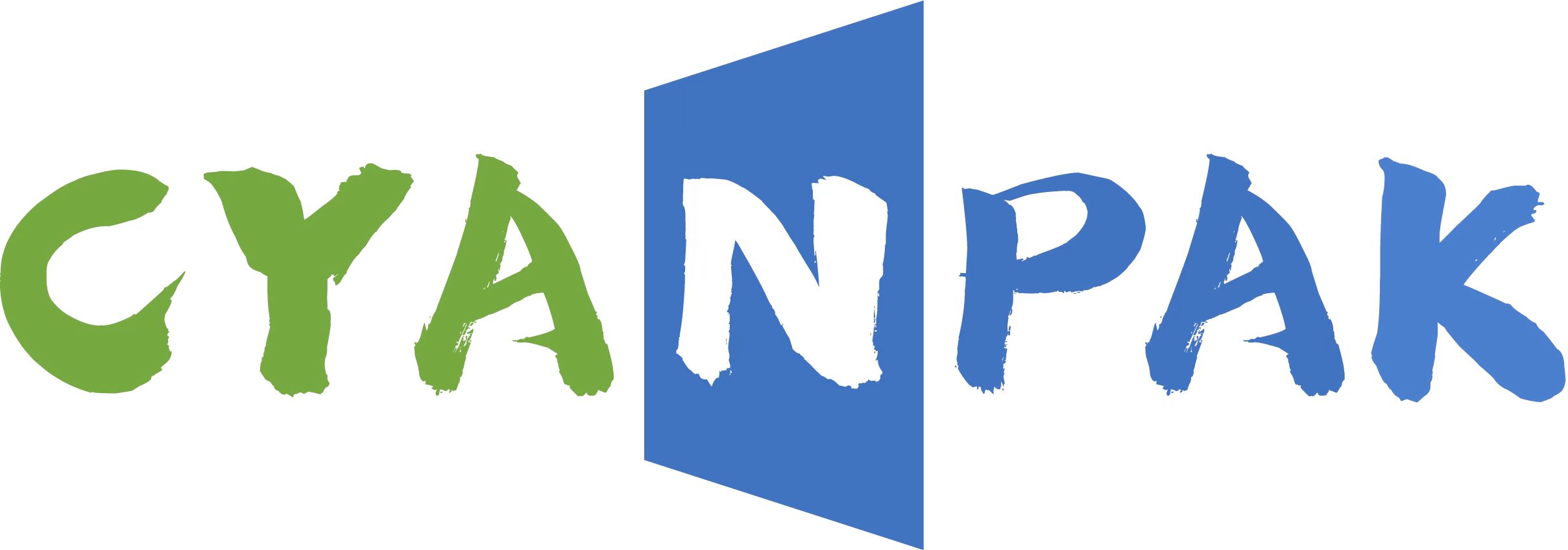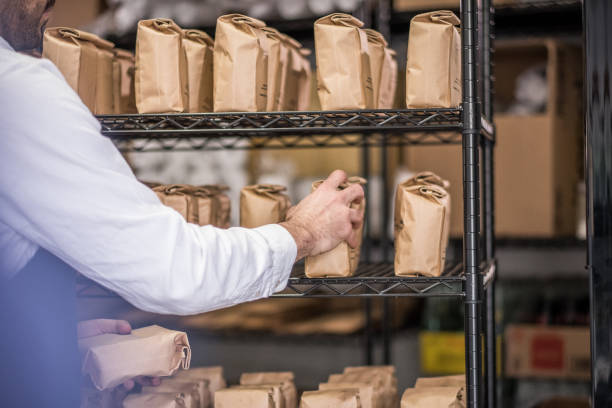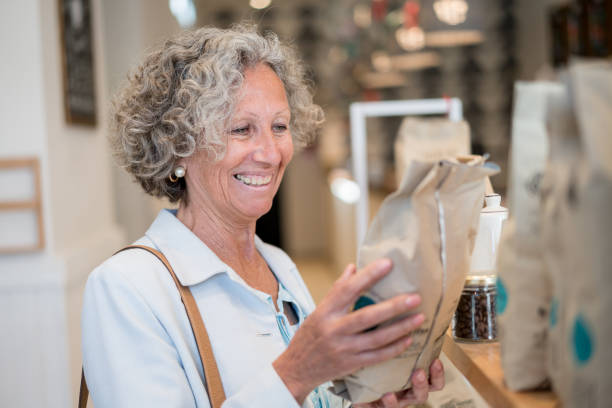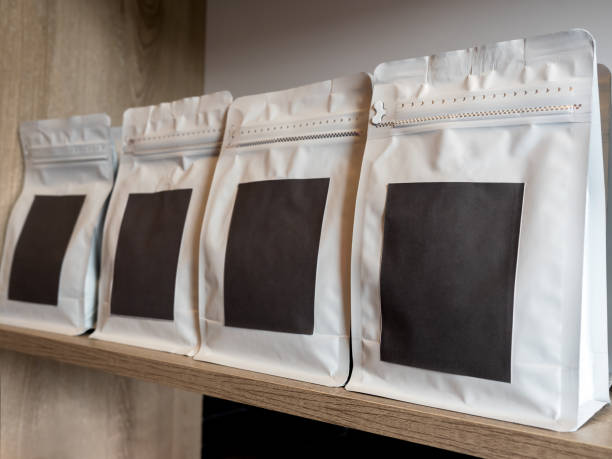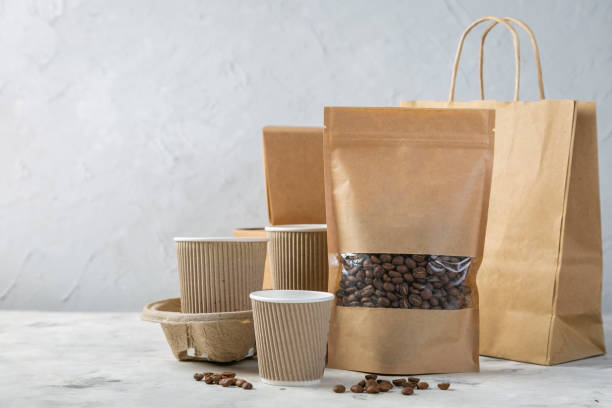Today’s coffee packaging has evolved into a potent marketing tool for roasters and coffee cafes all around the world.
Packaging has the potential to affect how consumers view a brand, which is important for developing brand loyalty.
As a result, choosing the best coffee bag structure and design can significantly affect your company, its brand, and its capacity to stand out in a fiercely competitive industry.
Functionality is a major consideration when selecting the ideal coffee bag structure. The bag must not only hold the coffee and keep it fresh, but it must also be strong enough to withstand transport and appealing enough to draw customers.
Find out which coffee bag construction is ideal for you by reading on.
Coffee bag structures’ importance
According to several research, customers usually decide whether to buy a product within 90 seconds of first interacting with it.
Hence, it must have an immediate impression when customers hold your coffee bag in their hands.
The key is to comprehend the significance of coffee bag architectures. Your coffee packaging’s design has the potential to affect brand communication and consumer interaction.
In addition to its size, there are various other elements to take into account while choosing the proper coffee bag construction.
For instance, you must take into account the expenses of production and delivery as well as the appearance of the design and any additional extras on the box.
The packaging’s efficacy, sustainability, and material composition will be more crucial factors to take into account.
This is especially crucial because a growing body of research indicates that environmentally friendly packaging materials can increase client loyalty.
You must also think about how the bag will be secured because the main objective of a coffee bag is to preserve the freshness of the roast beans.
Reusable zippers and tin ties are two of the best materials to use for sealing coffee packaging. These options enable users to reseal the bag after each usage without the beans losing flavor or going bad.
The logistics and shipping of your product are significantly impacted by the manner your coffee package is wrapped.
For instance, to guarantee client satisfaction, your bags must always be airtight when being sent across different locations.
What variations exist in coffee bag construction?
Each coffee bag’s construction is distinct, despite the fact that their function is the same.
Because of this, it’s critical to comprehend how they vary in order to decide what’s best for your company and its clients.
Stand-up coffee pouches
One of the most typical types of flexible packaging used in the coffee business are stand-up pouches.
The W-shaped gusset at the base of the design sets it apart from other pouches. The bag produces a solid, free-standing bottom when it is opened.
Spouts or resealable zippers are characteristics that certain stand-up coffee bags have. To maintain the inside product’s freshness, the majority will employ a degassing valve.
It is significant to notice that stand-up pouches frequently have many layers when containing coffee. For instance, the internal layer is frequently composed of aluminum foil, while the outer may be made of kraft paper.
In order to encourage customers to dispose of coffee bags ethically, it is crucial that disassembly and recycling instructions be specially printed on the coffee bag.
Flat-bottom coffee bags
Coffee bags with a flat bottom are five-sided pouches that stand alone and have a flat, rectangular base.
The left and right sides of the pouch include material known as gussets for added strength and space, and the top of the pouch has a fastener.
They may be made from a range of materials, including kraft paper and polylactic acid, and give a substantial surface area to transmit brand identification (PLA).
Flat-bottom pouches are popular among companies with strong brand identities because of their versatile design and substantial printed area. They function as a powerful marketing tool on the store because to their solid construction, flat front side, and enough label area.
Significantly, the majority of flat-bottom pouches are constructed with several layers to guard against environmental elements including light, oxygen, moisture, and heat.
Quad seal coffee pouches
Because of their adaptability, sturdy construction, and branding area, quad seal pouches are a conventional yet incredibly successful packaging solution.
The quad seal pouch has five panels with four vertical seals and is often referred to as a block bottom, flat bottom, or box pouch.
When filled, the bottom seal entirely flattens out into a rectangle, creating a solid foundation that keeps the coffee from quickly tipping over. They maintain their form well both on the shelf and while being transported owing to their robust construction.
Side gusset coffee pouches
A side gusset coffee bag basically has gussets on both sides, which, when fully opened and stretched, create a box-like shape.
Side gusset pouches are a strong, adaptable, and roomy packaging choice when used with a flat bottom.
In addition to offering great branding opportunities, side gusset pouches are among the most environmentally friendly coffee packaging options. Kraft paper, PLA, rice paper, and low-density polyethylene are examples of sustainable materials that may be used to create them (LDPE).
Because to their design, they are exceedingly light to travel and take up minimal space in containers even though they may store large amounts of coffee. This helps to reduce the carbon impact over time.
Shaped coffee pouches
Shaped coffee pouches have the most creative possibilities of all the packaging options.
Shaped coffee pouches may be made in any form and color, which makes them stand out and represent the unique qualities of the product they contain.
For a variety of products, including whole beans, cold brew coffee, and other ready-to-drink products, this coffee bag construction works well.
Shaped pouches are also quite adaptable since they may be put flat for storage or stand upright for show.
Nevertheless, the sizes in which shaped pouches are offered are limited. Unique forms may also increase the cost of design.
Things to think about while selecting the structure of your coffee bag
Choosing the materials from which your coffee bags will be created is equally crucial to branding considerations when selecting coffee bags.
Owners and roasters of coffee shops have customarily used petroleum-based plastic bags, which can take decades to disintegrate. This, however, is no longer a viable choice.
As a result, alternatives that are more environmentally friendly have gained popularity, such paper and biodegradable materials.
According to some studies, a company’s carbon emissions can be reduced by as much as 70% by switching to alternate packaging options.
The perfect coffee bag structure for your company can be found with the aid of Cyan Pak, which only uses eco-friendly materials.
Browse our selection of side gusset coffee bags, quad seal bags, stand-up pouches, and more 100% recyclable coffee packaging structures.
Contact our team for more information about environmentally friendly coffee packaging.
Post time: Apr-17-2023
